- Home
- Articles
- Architectural Portfolio
- Architectral Presentation
- Inspirational Stories
- Architecture News
- Visualization
- BIM Industry
- Facade Design
- Parametric Design
- Career
- Landscape Architecture
- Construction
- Artificial Intelligence
- Sketching
- Design Softwares
- Diagrams
- Writing
- Architectural Tips
- Sustainability
- Courses
- Concept
- Technology
- History & Heritage
- Future of Architecture
- Guides & How-To
- Art & Culture
- Projects
- Interior Design
- Competitions
- Jobs
- Store
- Tools
- More
- Home
- Articles
- Architectural Portfolio
- Architectral Presentation
- Inspirational Stories
- Architecture News
- Visualization
- BIM Industry
- Facade Design
- Parametric Design
- Career
- Landscape Architecture
- Construction
- Artificial Intelligence
- Sketching
- Design Softwares
- Diagrams
- Writing
- Architectural Tips
- Sustainability
- Courses
- Concept
- Technology
- History & Heritage
- Future of Architecture
- Guides & How-To
- Art & Culture
- Projects
- Interior Design
- Competitions
- Jobs
- Store
- Tools
- More
Shenzhen Guangming International Equestrian Center

The Guangming International Equestrian Center is in the Guangming Subdistrict of Guangming District, Shenzhen. It serves as the main venue for dressage and show jumping events of the 15th National Games and is the only newly constructed venue for the Shenzhen section of the games. The project spans an area of 50,018 square meters, with a total construction area of 69,000 square meters. The facility boasts a main arena, an indoor training hall, an outdoor training field, event spaces, and stables that can house 200 horses.

The project site features a natural hill on the east side, creating a significant height difference with the urban road on the west side. The design elevates the main venue, creating space for parking underneath while minimizing excavation on the natural hill.

The main venue’s design is a testament to the fusion of tradition and modernity. It features a glued-laminated timber structure, a nod to traditional Chinese architectural sloped roofs. This design retains the characteristics of the prototypical roof truss and creates an unconventional elevated volume. The dense arrangement of purlins is not just tectonic expressive but also resonates with the context of modernity, timber architectural aesthetics, and its rich cultural implications.

The venue’s design is emphatically open, providing users with plenty of space for joyful exploration, allowing an immersive experience of the equestrian culture. Meanwhile, the interlinked yet relatively independent spaces based on the courtyard archetype evoke the legacy of Lingnan architecture.

The venue’s ground floor is interconnected through several “galleries” of varying scales distributed at different elevations. These corridors allow light, wind, and scenery to penetrate the building, enhancing the Chinese cultural ambience through repeated encounters with natural elements, creating a comprehensive spatial experience. The regional architectural expression is intended to be emotionally resonating and culturally aware, responding to the current Shenzhen zeitgeist of tradition reinterpretation.

The integration of architectural form and structure strengthens the transparency and connectivity between indoor and outdoor spaces. The continuous overhanging eaves express the regional culture, providing the building with a sense of lightweight levitation despite its large volume. Here, mountains, wind, light, shadows, people, and horses coexist under the same roof and within the shared natural environment, resonating with local cultural concepts and values.
illustrarch is your daily dose of architecture. Leading community designed for all lovers of illustration and #drawing.
Submit your architectural projects
Follow these steps for submission your project. Submission FormLatest Posts
Jebel Ali Beach: Dubai’s Future Longest Public Beach
Dubai is transforming Jebel Ali Beach into its longest public beach, introducing...
The Street: A Community Clubhouse Inspired by Indian Bylanes
Studio VDGA’s The Street in India reimagines suburban community architecture, blending traditional...
Funeral Hall Vimperk by Jakub Vašek
On the edge of Vimperk cemetery, a historic house has been reborn...
Songmont Stores by ARCHSTUDIO
Founded in 2013, Songmont is a pioneer in experiential bag design. Rooted...























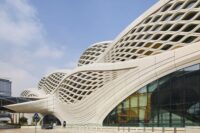
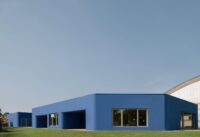

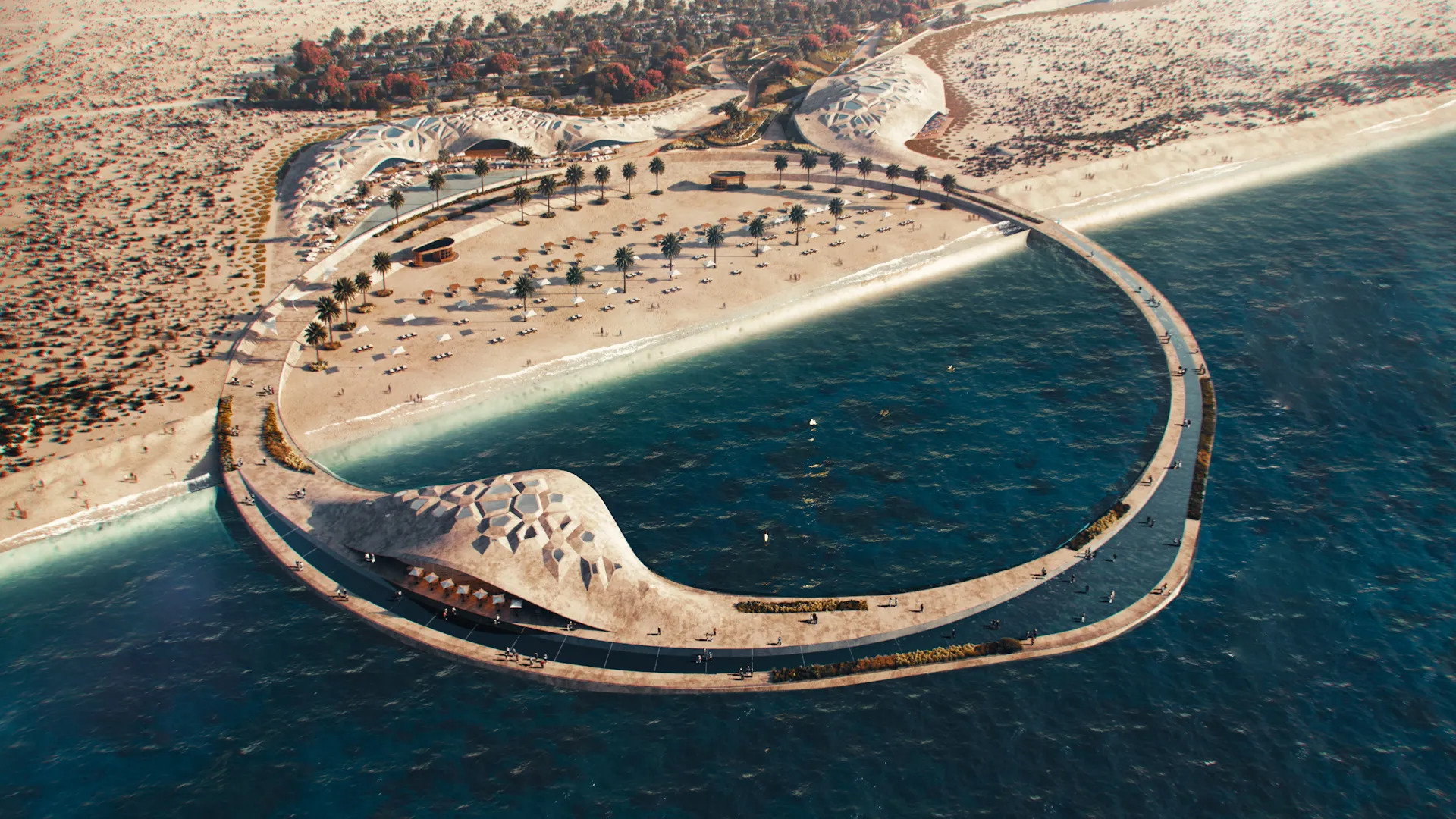
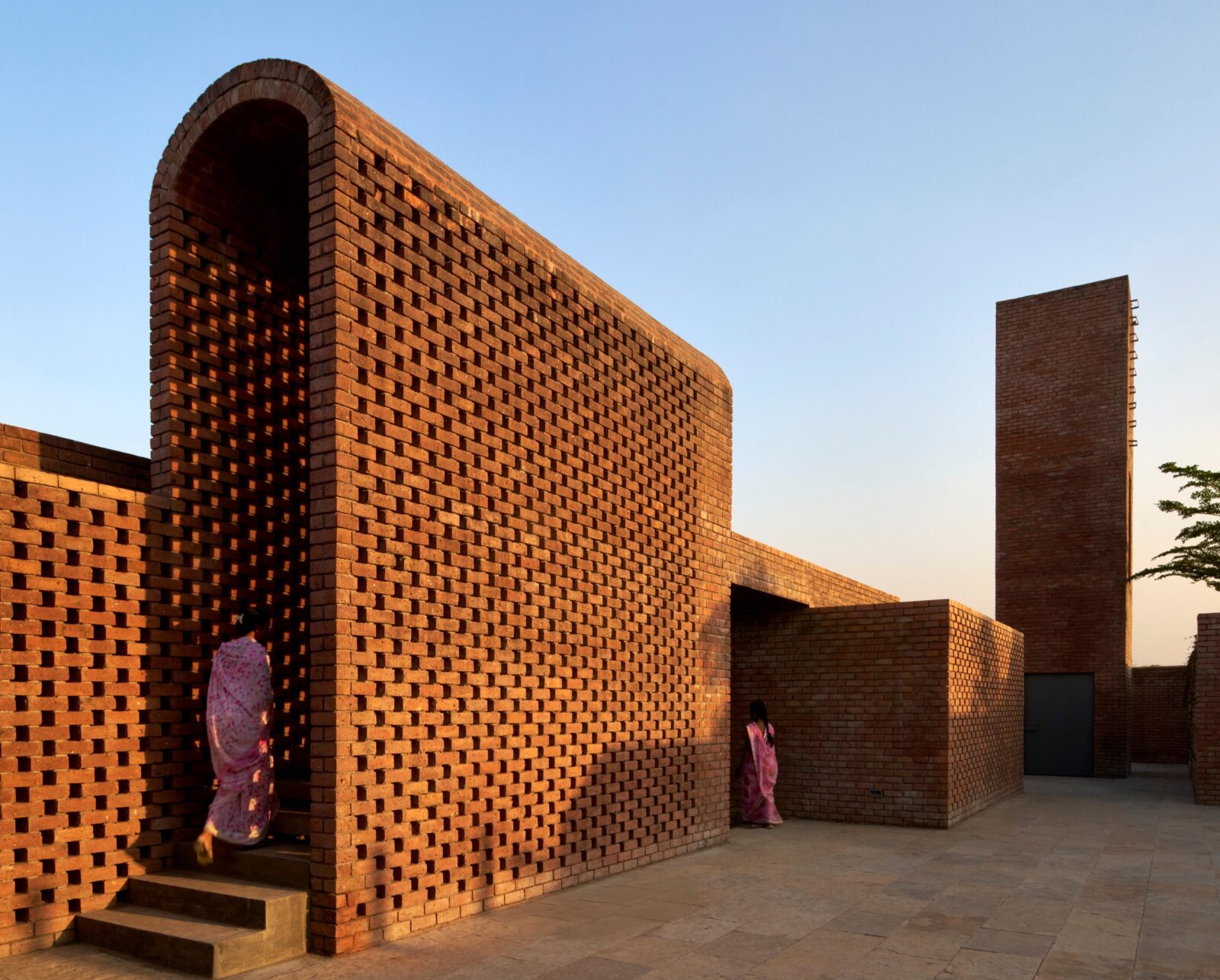
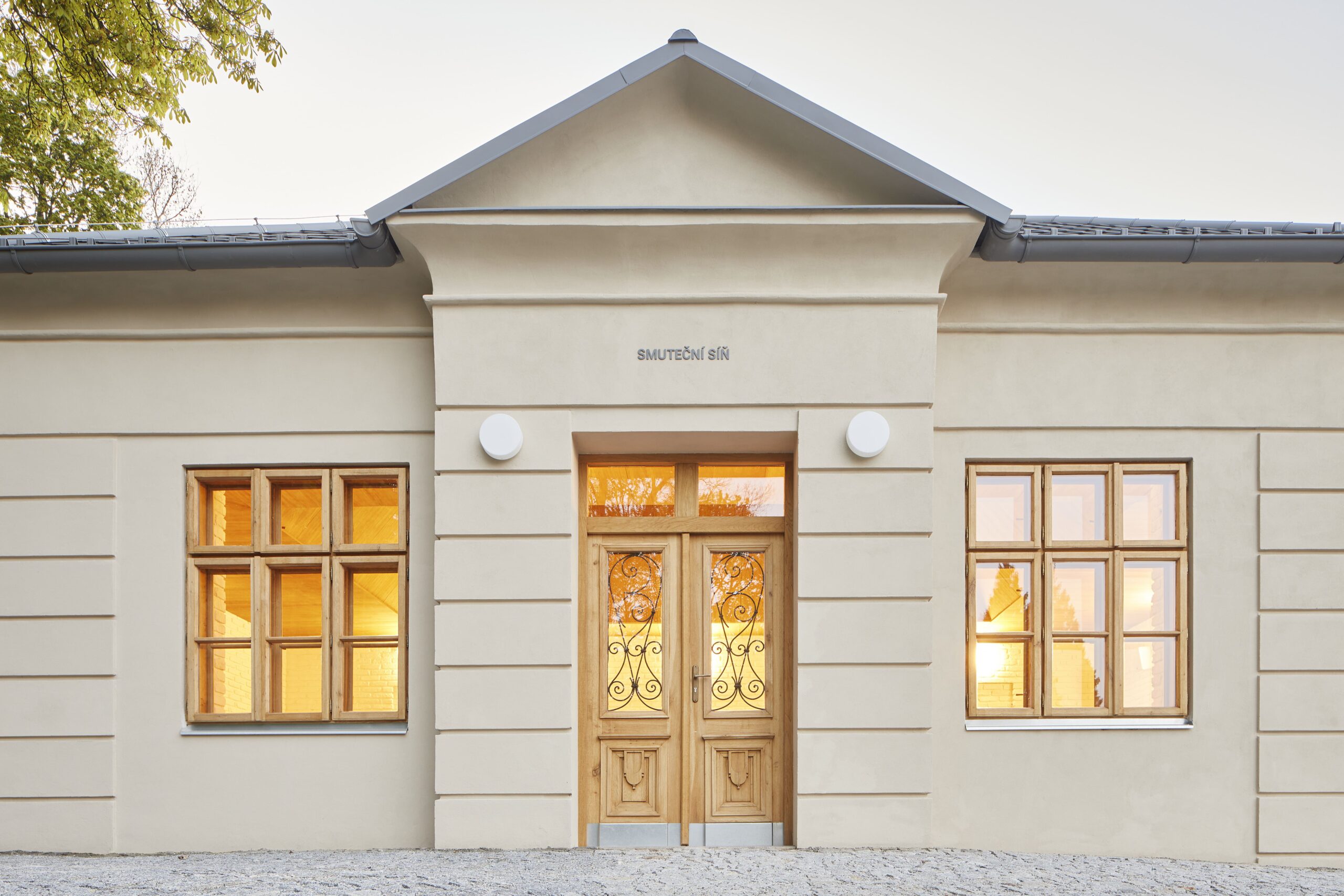

Leave a comment